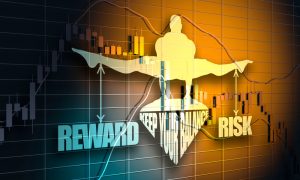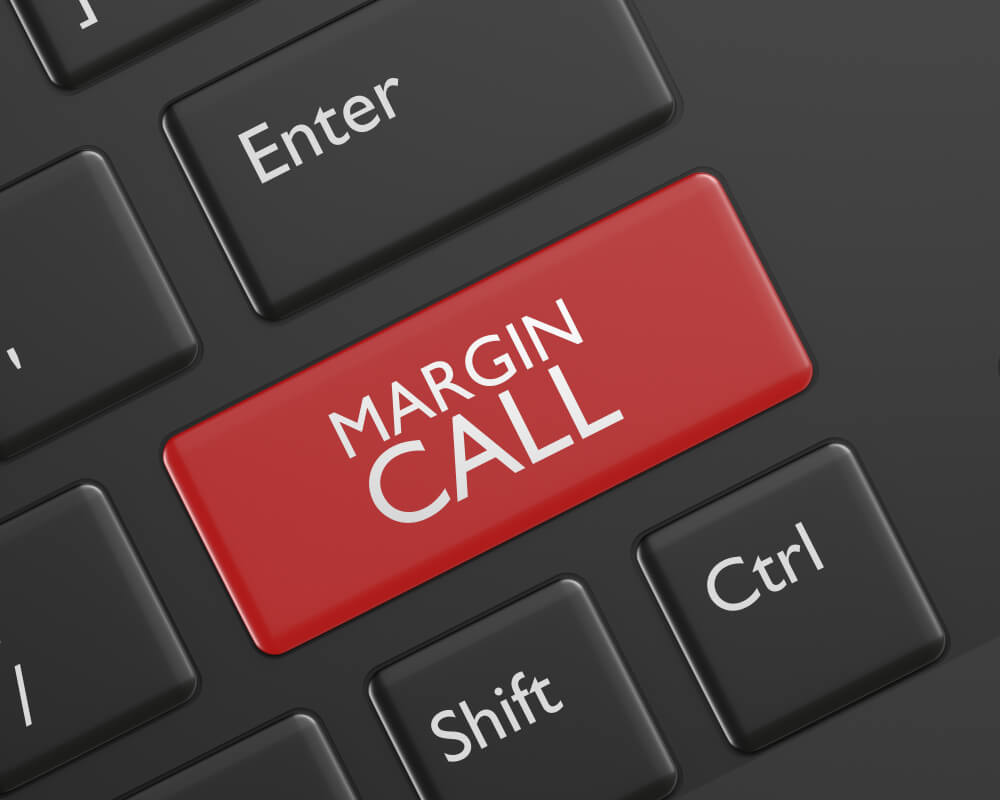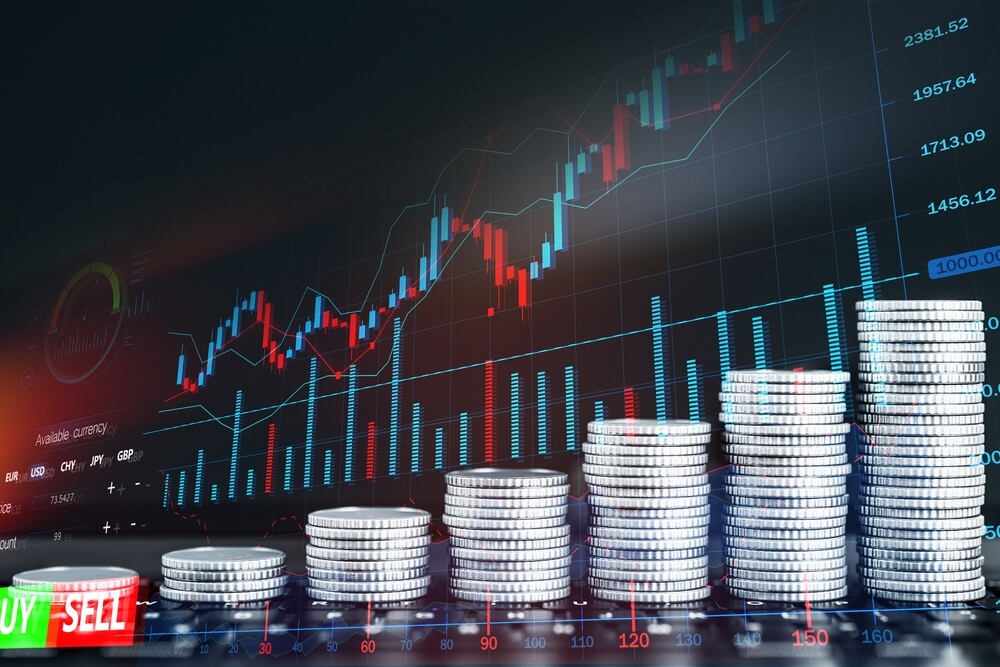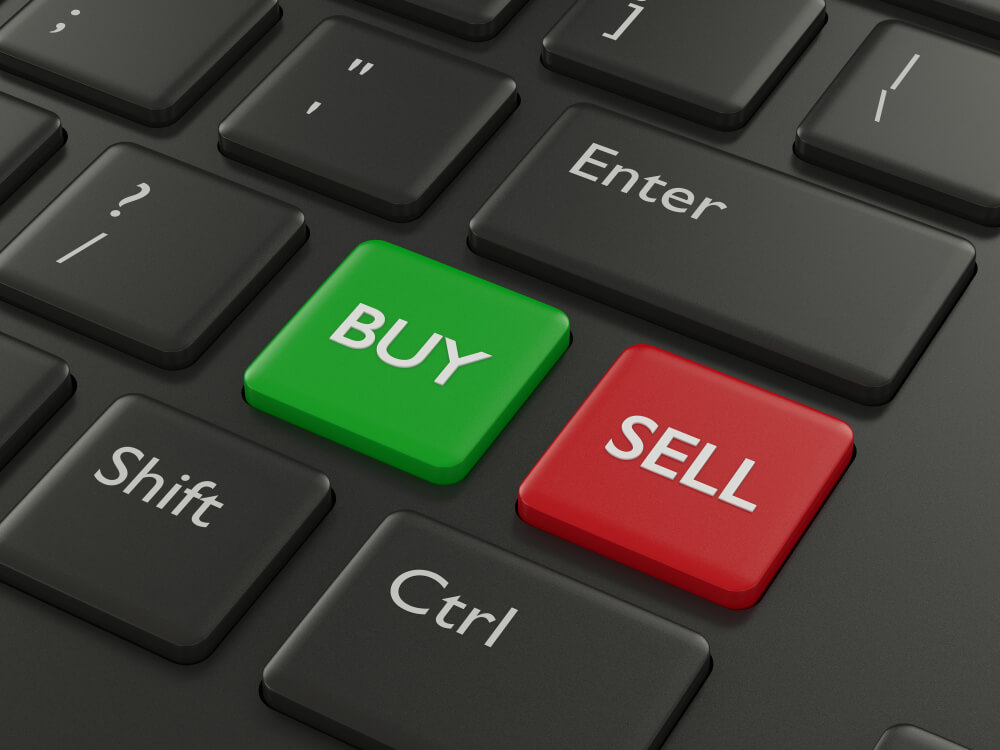In the ever-evolving realm of Forex trading, the concept of leverage plays a transformative role in shaping trading strategies and outcomes. Often referred to as “credit leverage” or simply “leverage,” it stands as a cornerstone of the Forex market, extending its arms to traders of diverse backgrounds, presenting a world of both opportunities and challenges.
Defining Forex Leverage
At its essence, forex leverage is a tool offered by online brokers that allows traders to take on positions that exceed their initial investment. This tool acts as an enhancer, enabling traders to control larger positions using a smaller amount of capital than usual. Think of it as a financial booster, magnifying your trading capabilities.
Significance for Traders
The significance of leverage in the Forex market cannot be emphasized enough. It levels the playing field, making trading accessible to people with limited funds who aim to gain from currency fluctuations. With a small initial investment, traders can dive into the complex realm of Forex, seizing chances that might have been out of reach without leverage. However, using leverage is a double-edged sword, so it requires a cautious strategy.

Benefits and Risks of Leverage
Broadening Market Access
The main advantage of leverage is its power to create a fairer trading environment. It breaks down entry barriers, allowing small traders to enter the vast Forex market. Even individuals with limited capital can control positions similar to those of larger participants, giving them the opportunity to capitalize on worldwide economic trends.
Amplified Profit Potential
The allure of leverage is most evident in its capacity to magnify profit potential. Through leveraging, a trader can exercise command over a substantial position, expending only a fraction of the capital that would typically be required. Should the market move favorably, the resultant profit could surpass what the trader would have realized with their initial investment.
Increased Exposure to Losses
Yet, the dual nature of leverage cannot be denied. While it magnifies gains in favorable market situations, it also amplifies the risk of losses. In a market known for its volatility and sudden changes, even a slight unfavorable market shift can result in heightened losses. This inherent vulnerability emphasizes the need for traders to proceed cautiously and implement efficient risk management tactics.

Striking a Balance Between Reward and Risk
When trading with leverage, it’s important to maintain a delicate balance between potential profits and accompanying risks. It’s akin to a nuanced dance that requires traders to possess a vigilant understanding of the challenges that await. The goal isn’t solely to pursue profits, but also to safeguard against substantial losses that could wipe out an entire trading account.
Comparing Forex Leverage Across Markets
Distinctive Features of Forex Leverage
Forex leverage boasts unique traits that set it apart from leverage mechanisms in other markets. Currencies inherently exhibit liquidity and frequently showcase less volatility when compared to stocks. This inherent stability, coupled with the availability of generous leverage ratios, renders Forex an appealing playground for traders looking to capitalize on incremental price shifts.
Contrast with Stocks: Liquidity and Volatility
In contrast, leverage within the realm of stock trading operates under a different premise. Stocks are susceptible to significant price fluctuations triggered by corporate events, earnings reports, or shifts in market sentiment. This heightened volatility underscores the necessity for a more cautious approach to the utilization of leverage.

As we delve deeper into the mechanics of leverage calculation, its judicious application, and the strategies that can safeguard against potential pitfalls, it becomes evident that while leverage acts as a ladder to trading success, it must be climbed with meticulous planning and an unwavering respect for risk.
Let’s examine techniques for calculating leverage, delve into its practical use in trading situations, and unveil strategies designed to mitigate its potential drawbacks.
Calculating Forex Leverage
Understanding the Role of Margin
A crucial aspect of understanding forex leverage involves grasping the concept of margin. Margin refers to the portion of a trade that a trader needs to invest upfront, and it plays a crucial role in determining the available leverage. Essentially, margin acts as the collateral necessary to open and maintain a position.
Calculation Formula: Leverage = 1 / Margin Percentage
The relationship between margin and leverage can be succinctly captured in a formula: Leverage = 1 / Margin Percentage. This formula underscores that a higher margin percentage corresponds to a lower leverage, and vice versa.

Calculation Example
To clarify the calculation process, let’s take the example of a trader with a margin percentage of 5%. Using the formula, the resulting leverage would be 1/0.05, which equals 20. So, our trader uses a 20:1 leverage. It means that for each unit of margin, the trader can control a position with a value twenty times larger.
Real-world Leverage Calculations
Position Size and Margin Percentage
To better understand this concept, let’s dive into a practical example. Imagine a trader who wants to enter a trade with a position size of $10,000. If the broker requires a margin of 2%, it means that the trader needs to allocate 2% of the position size as margin.
Calculation of Required Capital to Enter a Trade
To calculate the required capital for this trade, you would multiply the trade size by the margin percentage: $10,000 * 0.02 = $200. In essence, the trader needs $200 as collateral to open this particular trade.

Application of Leverage in Varied Scenarios
Understanding leverage and margin empowers traders to strategically manage their positions. A careful approach could involve using lower leverage to maintain a larger margin as a buffer against market swings. Conversely, a more aggressive approach might entail higher leverage for potentially larger profits, but with increased risk of losses.
As traders navigate the intricacies of leverage, knowing how to calculate and apply it wisely becomes crucial. In the upcoming sections, we will delve into real-world examples, analyze the practical effects of leverage in different market situations, and explore risk management strategies while harnessing the benefits of leverage.

Risk Management When Using Forex Leverage
Placement of Stop-Loss Orders
Effective risk management when using leverage involves strategically using stop-loss orders. A stop-loss order involves setting a predetermined level at which a trade will automatically close, limiting potential losses. Traders establish this level before entering a trade, ensuring that unfavorable market movements are controlled within an acceptable risk range.

Building a Solid Risk Management Strategy
Building a solid risk management strategy is essential for successful trading with leverage. This entails determining the portion of capital that can be exposed to risk in each trade, balancing risk with potential reward, and consistently sticking to these predetermined limits. A well-designed risk management strategy serves as a safeguard against substantial losses that could otherwise impact trading accounts.
The Value of Trailing Stops Amidst Elevated Volatility
During periods of increased market volatility, the concept of trailing stops becomes a valuable tool for managing risk. A trailing stop adjusts as a trade becomes more profitable, keeping a set distance from the current market price. This dynamic method not only protects profits but also allows for potential additional gains if the market continues to move in a favorable direction.

Tips for Using Leverage
Meticulous Selection of Minimal Leverage
An essential principle of wise leverage usage involves deliberately choosing the smallest required leverage for a trade. This choice should be based on an assessment of market volatility, personal risk tolerance, and the trade’s specific goals. Utilizing excessive leverage can elevate the level of risk exposure and increase the potential for losses.
Education and Grasping Trading Fundamentals
Education forms the bedrock of triumphant forex trading. Traders should endeavor to comprehend the fundamental principles of trading, risk management, and the dynamics of leverage. It’s solely through a profound grasp of these concepts that traders can make informed decisions that meet their financial goals.

Strategic Leverage Complemented by Effective Risk Management
Mastering leverage goes beyond mere calculations; it involves skillfully blending leverage with risk management strategies. Traders must define clear risk-reward ratios, build diverse portfolios, and avoid overloading excessive leverage onto a single trade.
Balancing Opportunities and Risks
Achieving equilibrium between the allure of potential profits and sensible risk management practices is a fundamental skill for forex traders. Leverage, while powerful, can amplify both gains and losses. Continuous learning and adaptation are crucial for navigating the complexities of the forex market, ensuring that leverage remains an asset rather than a liability.





